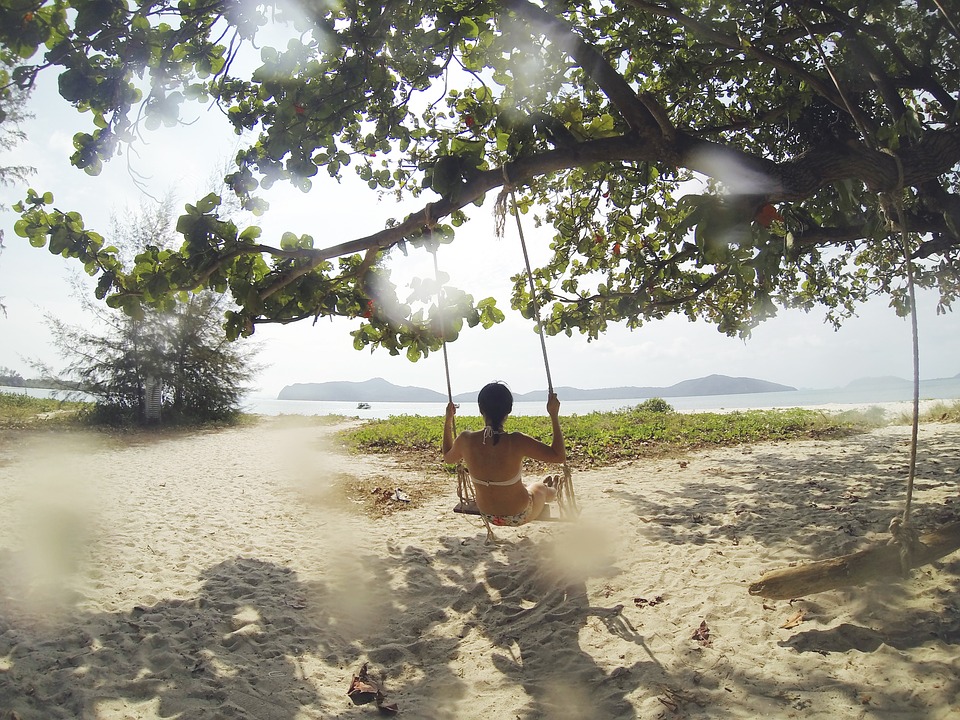
Many people think that stress levels are purely psychological: your boss is too demanding, or your bank account is drained, or your kid is doing poorly in school.
And there’s truth to that type of thinking…
The natural end-result of that process is psychological stress. The assumption is then that by countering the source of your issues, your stress levels will go down.
Hence, you talk to your boss, you get a side-hustle to earn another $1,000 each month, and you get remedial teaching for your kid so (s)he’s doing better.
All problems solved?
Well, stress is far more complex than I’m letting on here.
How?
Well, if you’ve got a somewhat deeper understanding of stress, you start to realize that your diet and exercise regimen affect your stress levels as well.
So if you’re eating junk food all the time and spending 24-7 behind your desk with barely any movement, your stress tolerance will be lower than if you’re following a healthy diet and exercising once in a while.
Logical, right?
And yet, there’s a third stage in this process. That third stage entails that the light in your environment massively affects your stress levels as well.
Let’s consider how by taking a quick detour:
Light And Human Evolution
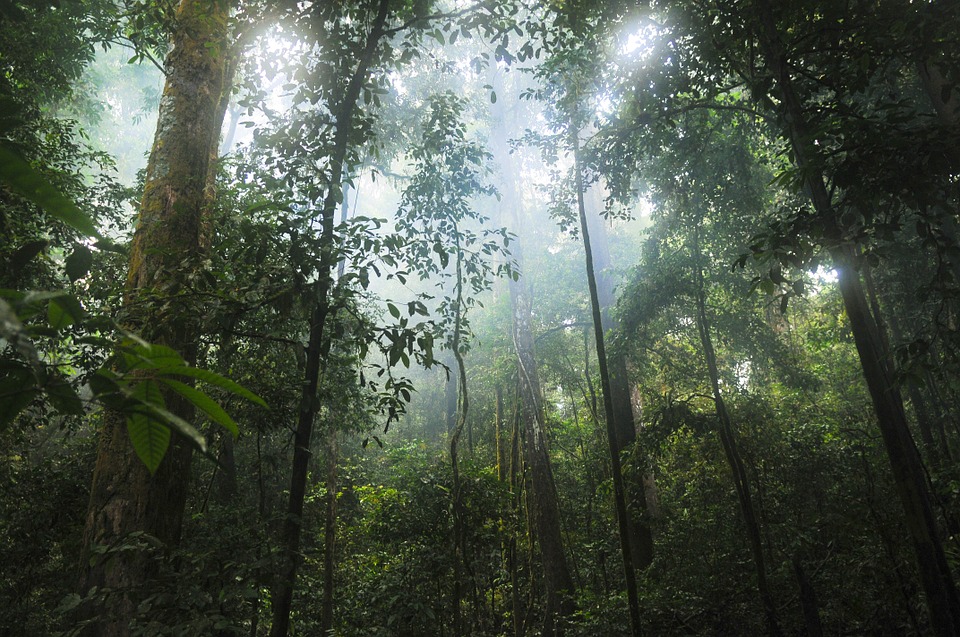
Our primate ancestors live in the jungle today. In that jungle, these ancestors are mostly protected from the harsher sunlight exposure. Primates also carry lots of hair, further reducing the light that hits their bodies.
A couple of million years ago–evolutionary biologists cannot agree on an exact date–humans evolved away from these primates.
Humans exited the jungle during that time, started walking on two feet, and lost their hair. The consequences of that development cannot be overstated.
Jungles have far smaller light penetration than open spaces like the Savannah. Hair also protects you against excessive ultraviolet rays.
(Ultraviolet light potentially causes sunburns.)
A few million years ago, our human-like ancestors (hominins) thus dramatically increased their sunlight exposure. Let’s dig deeper into that dynamic:
The Light Cycle For Pre-Historic Humans
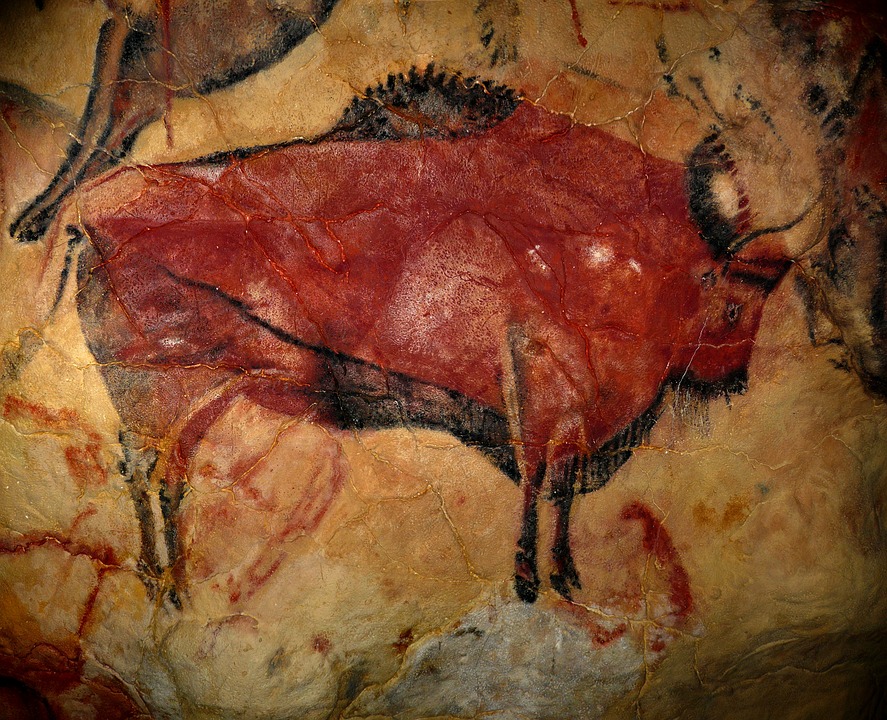
Just like hunter-gatherer societies today, pre-historic humans rose during the sunset and went to sleep a couple of hours after darkness.
Phrased differently, human beings followed natural light cycles.
Morning times were usually spent hunting and gathering, for example. Around noon, activity levels would go down again because of increasing temperatures.
In fact, even today’s hunter-gatherers only spend 20 hours a week working. In these 20 hours, these people can take care of all their necessities, such as finding and preparing food, ensuring shelter, taking care of their kids, and more.
And nighttimes? After sunset, fire was the only light source. Moonlight also allowed you to partially see what’s happening around you.
Hence, the natural light cycle of humans for millions of years entailed sunlight exposure during the day and darkness at night. Following that natural light cycle inherently decreased stress levels for our human ancestors.
Let’s explore why:
The Biological Effects Of Light

Many people assume that light merely allows them to see. That thought presupposed that light is a kind of “neutral” force within the universe, that exclusively interrelates with our vision.
Nothing could be further from the truth…
Light has many biological effects:
- Infrared light, which is present in sunlight 24-7, can improve your skin quality, help you detox, improve your energy levels, and enhance well-being. Infrared saunas use that type of infrared light because it heats your body up.
- Visible light, which is the only light type that can be consciously observed through your eyes (and subsequently brain), wakes you up in the morning and improves cognitive performance.
- Ultraviolet light–which you may recall as the source of sunburns–makes you feel relaxed, improve mood while lowering pain, enhance circulation, and builds vitamin D through your skin. Ultraviolet light only reaches the earth when the sun is higher up in the sky.
As you can see, not only does the light in your environment have biological effects – the effects are also all-encompassing for your overall health.
Let me explain:
It’s estimated that higher vitamin D levels only account for 20% of the sun’s total benefits. And yet, many people already state that they feel more relaxed, sleep better, and are more energetic once they get their vitamin D levels up.
Sunlight exposure won’t just get your vitamin D levels up–it improves your overall health in many different ways.
My point?
Simple: the light in your environment is an underappreciated method of lowering your stress levels. The way you manage the light in your environment either sets you up for more stress or helps you master your stress levels.
How?
Let’s make the advice really, really simple:
Optimizing The Light In Your Environment For Stress-Lowering Effects
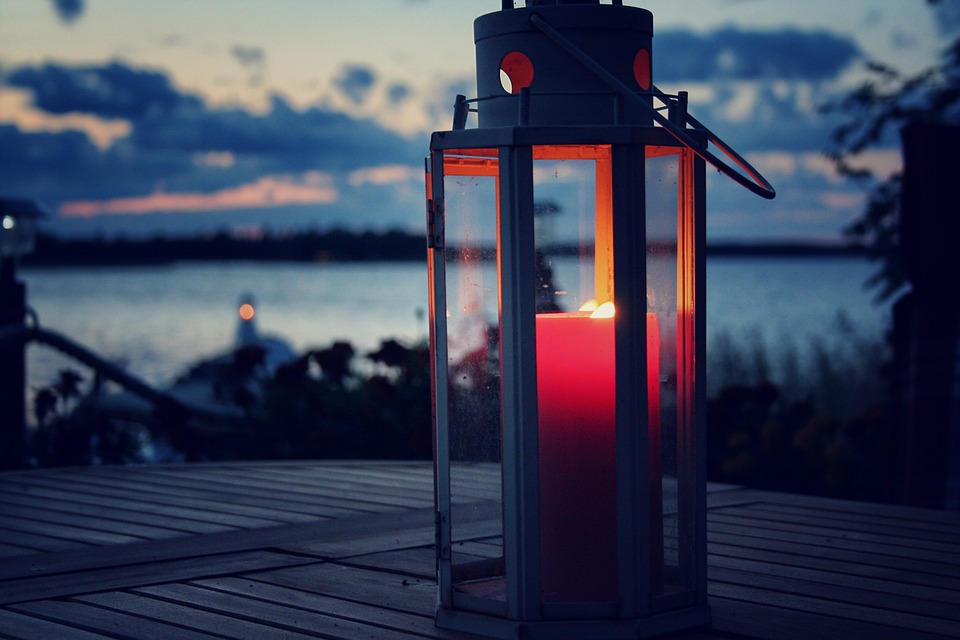
I know, I know…
It’s impossible for you to spend 5 hours a day in the sun as our ancestors did.
Hence, you need another strategy. I’ll walk you through an entire day and tell you how specifically you can optimize the light in your environment at each time of the day.
Let’s start in the morning time.
After you wake up in the morning, make sure to get some bright light into your eyes. Sunlight is preferable, and there’s really no reason why you cannot get any exposure before you go to work.
If it’s still dark outside, like in the Northern Hemisphere at 7 AM, use artificial light such as a lightbox or a halogen floodlight to signal to your brain it’s daytime.
(Red light therapy can also be used for the same purpose.)
Why bright light?
Well, remember that bright light wakes you up. Every single process in your body has a “circadian rhythm” – a ~24-hour cycle that is tied to light exposure.
That circadian rhythm – and thus the functioning of every cell in your body – is thus affected by the light in your environment. Now you’re beginning to get why light is important for countering stress: your body simply doesn’t function optimally if you’re exposed to light at the wrong times of the day.
Secondly, during your afternoon break, make sure to get some sunlight onto your eyes and skin. Sunlight exposure to your skin ensures that vitamin D is created but also supplies you with all the other benefits of ultraviolet light exposure I mentioned earlier.
Don’t stay in the sun for too long though, and always exit the sun well before you risk a sunburn. Sensible sunlight exposure is key here. Sunlight avoidance is just as dangerous as an excess of sunlight exposure.
Nighttime, moreover, is when the real problem begins for 99% of people. Why? Consider the following picture:
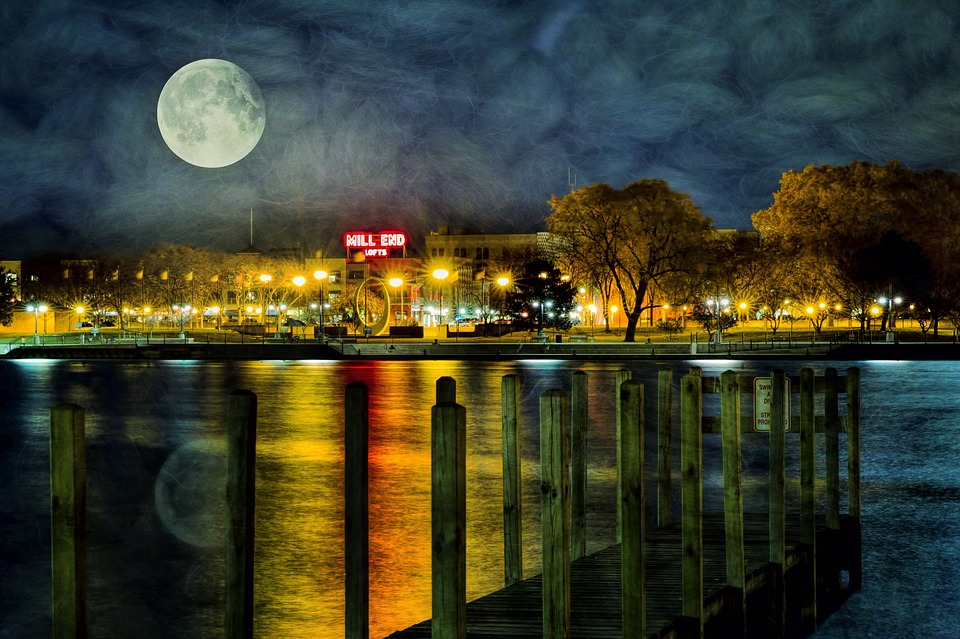
Light is literally everywhere in today’s society. In fact, there’s so much light everywhere at nighttime that the problem is aptly named “light pollution”. So much light is unprecedented from an evolutionary perspective. Recall that your human ancestors only used campfires at nighttime.
Campfires emit a combination of red and infrared light. It’s the blue and green part of the visible light spectrum, however, that tell your brain it’s daytime. Most artificial light – whether stemming from light bulbs or screens – emits that blue and green light.
Telling your brain that “it’s daytime” and “time to stay awake” is not so smart during the night.
One solution is to turn down the lights, use candles, and never get out of the house at nighttime anymore. But that solution is not so reasonable for 99.9% of people out there.
So what can you do?
Easy: wear blue-blocking glasses at night. Blue-blocking glasses are tinted either orange or red (red is better) and prevent blue and green light from entering your eyes after sunset.
The end result is that you’ll massively increase the melatonin that’s built up in your brain after sunset.
Melatonin is the “hormone of darkness” that ensures adequate amounts of deep sleep during the nighttime. The more melatonin your brain creates, the quicker, deeper, and longer you’ll sleep.
Result?
Quicker recovery, more energy and performance during the day, feeling more wakeful in general, thinking better and quicker – and of course lowered stress levels.
By controlling the light cycles in your environment you’re massively increasing your ability to cope with stress.
Remember: human beings evolved in a specific light environment for millions of years. Humans were smart enough to change that environment into something unrecognizable for our ancestors–but too shortsighted to see the biological consequences of that change.
A “paleo lifestyle” therefore not only pertains to your diet and exercise regimen but also involves the light you’re exposed to on a daily basis.
Simply ensuring that you get some bright light exposure during the day, and experience darkness at night puts you ahead of 99% of other humans in your ability to deal with stress.
Amazing right?
So let’s conclude:
Conclusion: Yin And Yang

For millions of years, your ancestors slept during the night in darkness and were exposed to lots of bright light during the day.
Today that cycle is broken even though modern humans are not that genetically different from the humans that lived 10.000 or 100.000 years ago.
One game-changer for lowering your stress is to return to that ancient cycle of light and darkness – yin and yang.
You deserve the very best. And getting the very best is really easy. Just to reiterate – optimize the light in your environment by doing the following:
- Bright sunlight exposure the first thing in the morning, or use a lightbox or floodlight for the same purpose. Bright light wakes your brain up.
- Sunlight exposure during the afternoon to build your vitamin D levels during your break.
- Avoiding bright light exposure at night, especially to your eye. You’re going to have to wear blue-blocking glasses for this purpose – which can be bought for $15 on Amazon.
Result?
Kicking stress in the butt!


